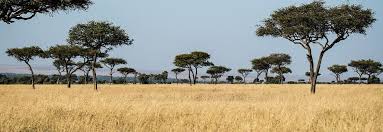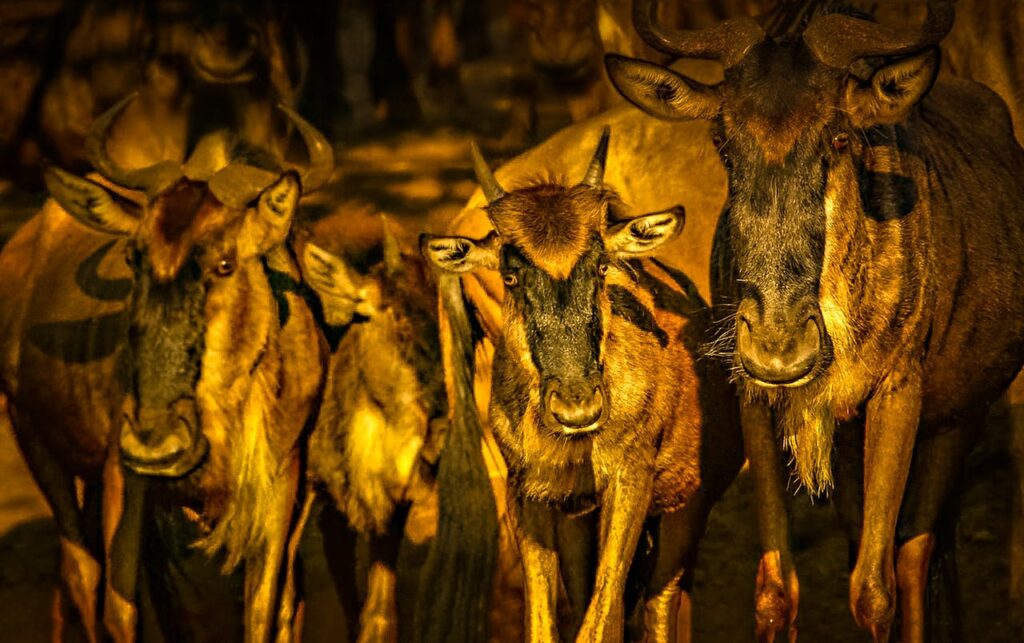As someone who has lived and worked in the Masai Mara ecosystem for two years, running Kambu Mara Camp near the Sekenani Gate, I’ve met countless guests, travelers, and even researchers who refer to the Mara as a “jungle.” It’s a common misconception — one that I completely understand. After all, the word “jungle” evokes mystery, wildlife, and adventure, which the Mara certainly delivers. But strictly speaking, the Masai Mara is not a jungle — it’s a savannah.
Let me explain why, and share a bit of what it’s like to live in and care for a camp right in the heart of this extraordinary landscape.
🌍 What Type of Ecosystem Is the Masai Mara?
The Masai Mara National Reserve and surrounding conservancies — including Naboisho, Olare Motorogi, and Lemek — form part of the greater Serengeti-Mara ecosystem, one of the most famous and biologically diverse savannahs in the world.

✅ What defines a savannah?
- Open grasslands with scattered shrubs and acacia trees
- Seasonal rainfall patterns and long dry periods
- Home to large grazing mammals (like zebras and wildebeest) and apex predators (like lions and cheetahs)
- High visibility – you can often see wildlife from hundreds of meters away
❌ What defines a jungle?

- Dense, often tropical rainforest with thick vegetation
- Very humid and moist throughout the year
- Often hard to navigate, low visibility, and characterized by layered vegetation
- Primarily found in equatorial regions like the Congo Basin, Amazon, or parts of Southeast Asia
The Mara is too dry, too open, and too seasonal to be considered a jungle. You’ll see sweeping golden plains, termite mounds, clusters of acacia and croton bushes — but you won’t find towering rainforest canopies or tangled undergrowth.
🏕️ What It’s Like at Kambu Mara Camp
At Kambu Mara Camp, we’re located just outside the Sekenani Gate, bordering a patch of bushland that extends into open grazing plains. Many guests love to take a guided bush walk through our 50-acre tract of land, which is dotted with shrubs, crotons, and wildflowers — it’s what locals call “mara shrubland,” not jungle.
We often spot dik-diks darting between the bushes, and hear hyenas calling at night. On occasion, elephants pass through, and birdlife here is vibrant. It’s wild, it’s untamed — but it’s still savannah bush, not rainforest.
🦓 Flora & Fauna of the Masai Mara
Common Plants You’ll See:
- Acacia tortilis (Umbrella thorn)
- Croton dichogamus (Shrub common in Mara’s bushland)
- Commiphora (Resinous shrub)
- Themeda triandra (Red oat grass)
Iconic Wildlife:
- Big Cats: Lion, cheetah, leopard
- Grazers: Wildebeest, zebra, Thompson’s gazelle, topi
- Elephants, buffalo, giraffes
- Birds: Secretary bird, lilac-breasted roller, vultures, owls, sunbirds
None of these are jungle species. These animals rely on the visibility, space, and movement across open plains that only a savannah provides.

🚫 Misconceptions from Tourists
People often imagine “Africa = Jungle” because of movies, outdated textbooks, or online travel blogs that use these terms interchangeably. But the truth is:
- The Mara is mostly grassland, with shrubland around watercourses and riverine forests along the Mara and Talek rivers.
- You won’t need machetes or boots to hack through dense greenery — our game drives take place on wide open tracks across the plains.
- You will need binoculars to scan the horizon for wildlife because you can see so far!
🛖 Conservancies Are Not Jungles Either
Many travelers stay in private conservancies bordering the main reserve, such as Naboisho Conservancy, where wildlife viewing is excellent and guest numbers are limited.
These conservancies offer:
- Night game drives
- Walking safaris
- Low-density tourism
- Close interactions with the local Maasai community
While they may have more bush than the open plains of central Mara, they are still savannah woodlands or shrublands, not jungles.
🤝 My Perspective as a Camp Owner
Running Kambu Mara Camp has given me a deep appreciation of the subtle differences in the landscape. Guests often arrive expecting dense forest, but leave fascinated by the vast openness, the golden grass, the starry skies — and the way animals seem to blend into the land rather than hide in it.
We host researchers, photographers, and families — and it’s always rewarding to see people fall in love with the real Mara: not a jungle, but a living savannah ecosystem where balance and beauty play out daily.
📌 Quick Facts
| Feature | Masai Mara |
|---|---|
| Ecosystem Type | Tropical savannah |
| Vegetation | Grassland, scattered trees, shrubs |
| Rainfall Pattern | Seasonal (Long rains: Mar–May) |
| Wildlife Density | Among the highest in Africa |
| Jungle? | ❌ No — not humid, dense, or forested |
🌄 Final Word
The Masai Mara doesn’t need to be called a jungle to be wild, thrilling, and unforgettable. It is a savannah teeming with life, where open skies stretch for miles and the drama of the wild unfolds daily.
From our little corner at Kambu Mara Camp, we’re proud to be part of this landscape — one of the most iconic in the world — and we’re always happy to share it with visitors ready to experience the Mara for what it truly is.


